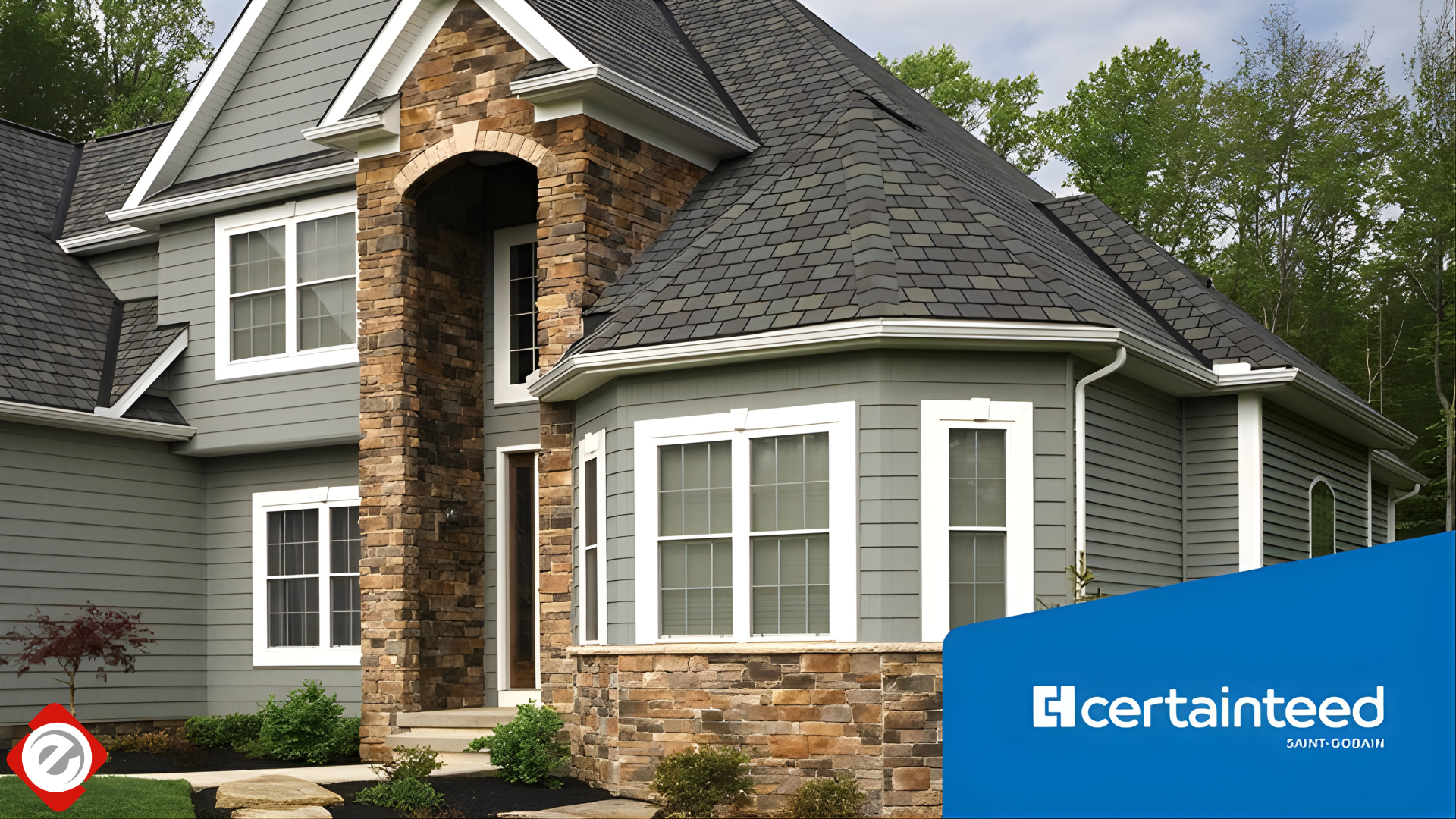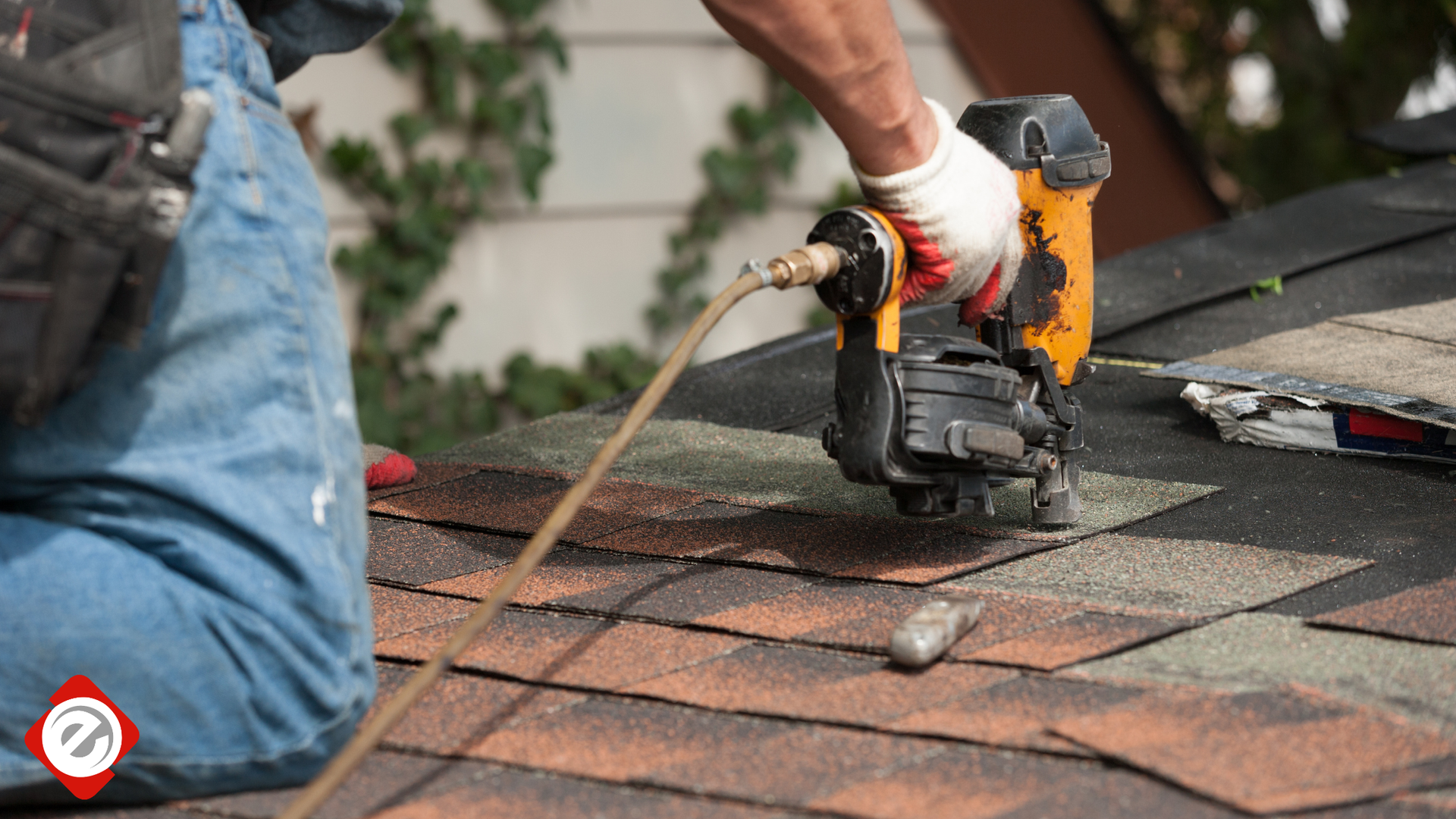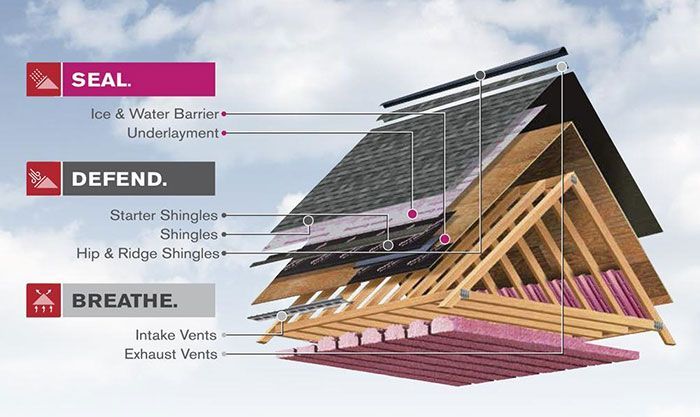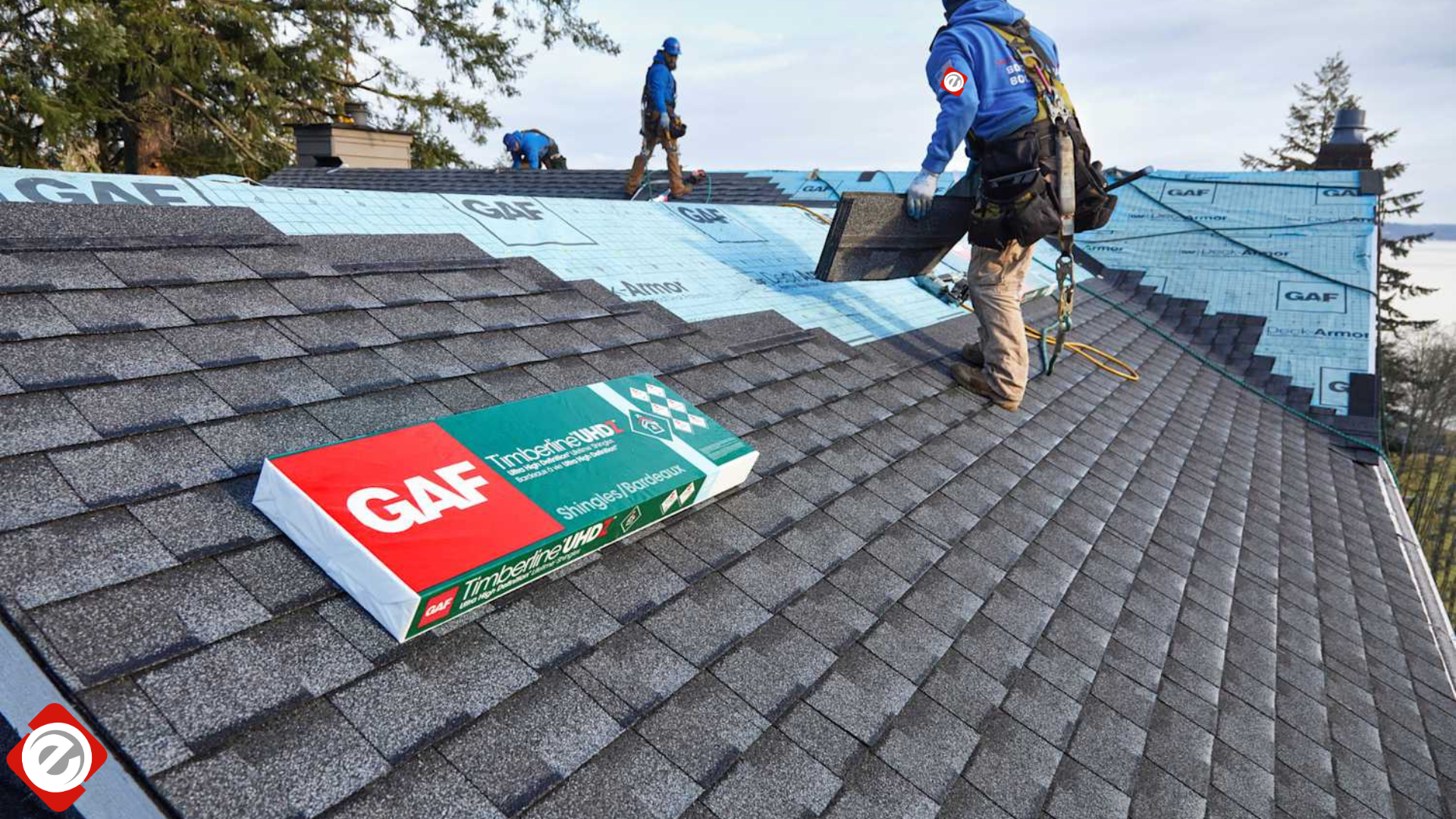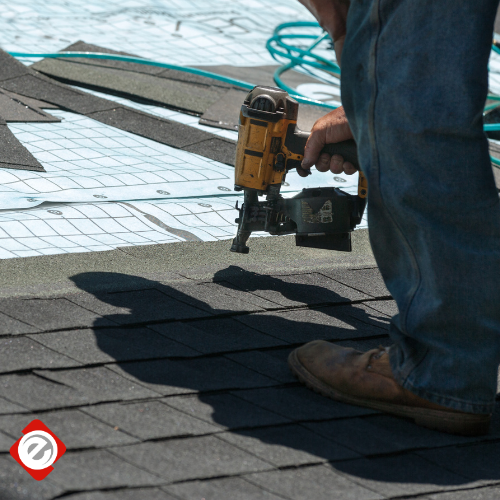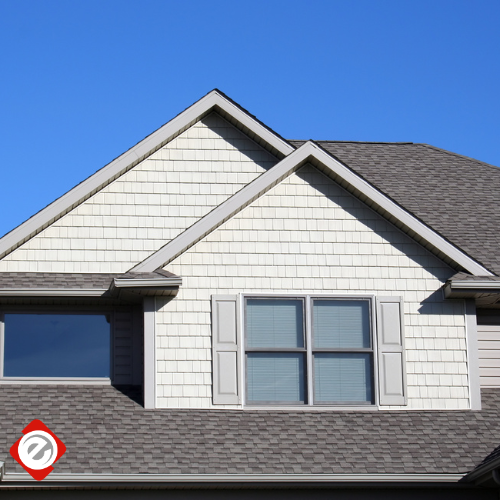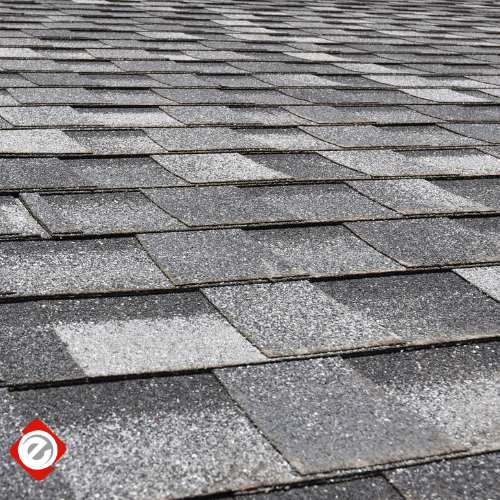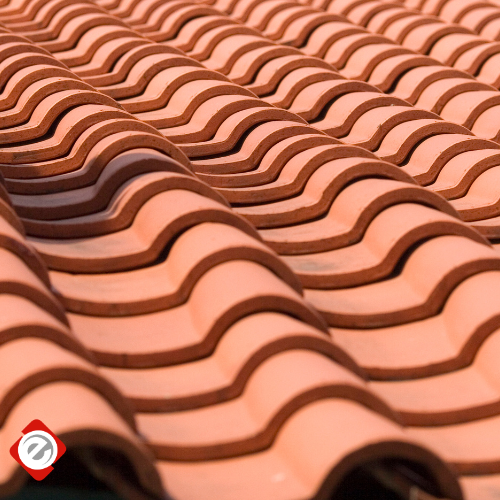econoroofing209@gmail.com
How the Central Valley Sun Damages Your Roof (And What to Do About It)
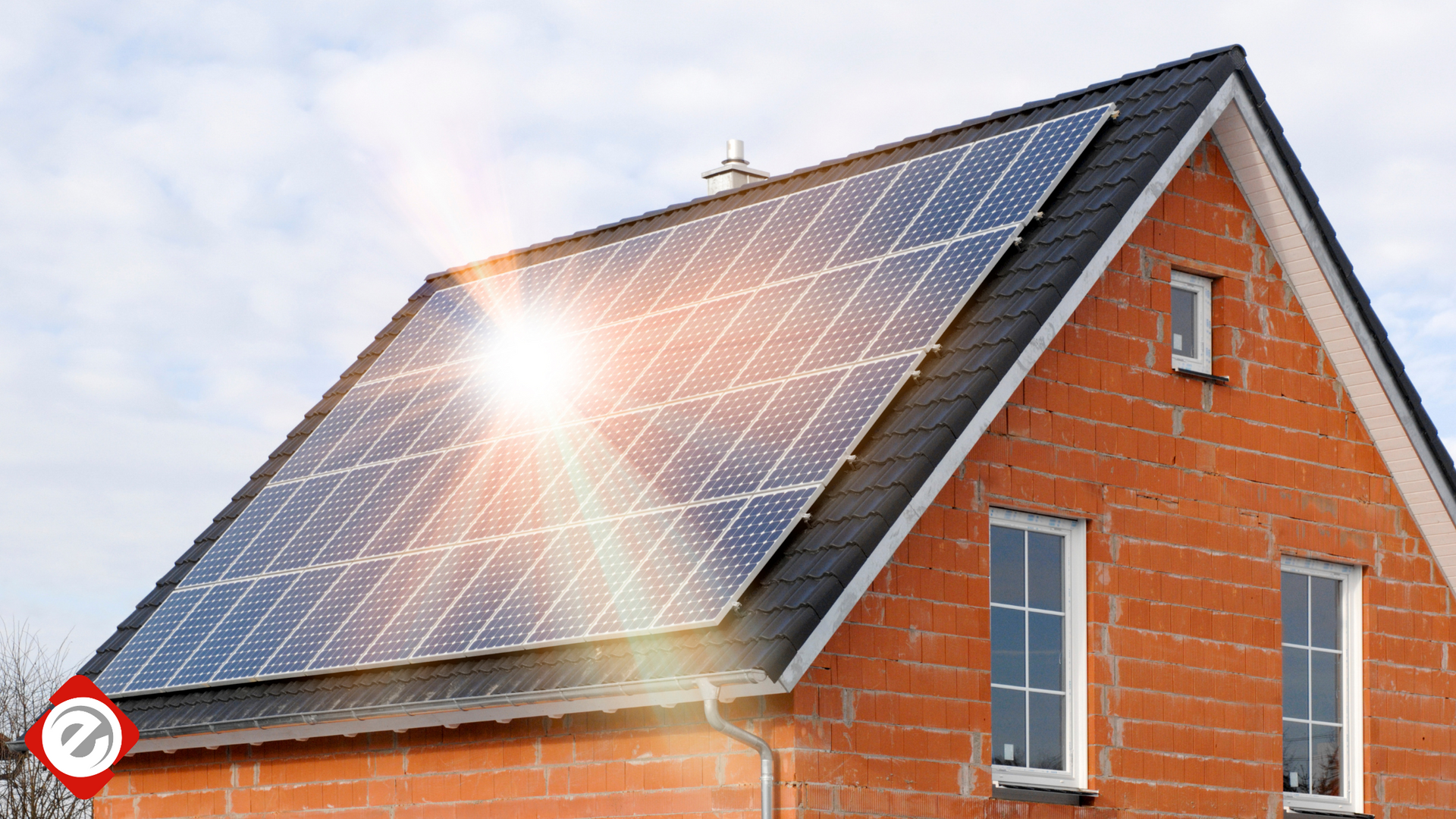
In the Central Valley, the sun is a constant. While it defines our seasons, it is also the primary adversary to your home’s roof, silently working to degrade its defenses day after day. With over 70 days a year exceeding 90 degrees, the cumulative effect of this intense heat and UV radiation can shorten a roof's lifespan and lead to unexpected failures.
Understanding how the sun affects your roof is the first step toward protecting it. This guide explains the science of sun damage in simple terms and outlines the intelligent solutions that keep your home secure.
Key Takeaways: Sun Damage in the Central Valley
- UV Ray Damage: The sun’s UV rays make asphalt shingles brittle, causing them to crack, curl, and lose their protective granules.
- Thermal Shock: The daily cycle of heating and cooling causes materials to expand and contract, leading to "nail pops" that create pathways for leaks.
- Attic Overheating: A poorly ventilated attic can trap extreme heat, damaging your roof from below and driving up your summer energy bills.
- The Solution: Proactive care, including professional inspections and modern materials like "cool roof" shingles, is the best defense.
The Science of Sun Damage: UV Radiation
Think of the granules on your asphalt shingles as a layer of powerful sunscreen. Their primary job is to shield the underlying waterproof asphalt from the sun's relentless ultraviolet (UV) rays. Over time, this constant UV exposure breaks down the asphalt, causing shingles to become brittle, crack, and curl.
As this process accelerates, you may notice "bald spots" on your roof or find an accumulation of these sand-like granules in your gutters—a clear sign that your roof's primary defense is weakening.
The Cycle of Heat: Thermal Shock and Nail Pops
It’s not just the peak heat, but the daily temperature swings that stress your roof. As your roof rapidly heats up during the day and cools down at night, the materials—from the shingles to the wood decking beneath—are in a constant state of expansion and contraction.
This cycle, known as thermal shock, can lead to a common local issue: nail pops. The movement of the wood decking can slowly push roofing nails upward, creating a small, tent-like bump under the shingle. While it may seem minor, a nail pop breaks the watertight seal of the shingle above it, creating a direct pathway for winter rains to cause a leak.
The Hidden Threat: A Superheated Attic
Sun damage isn't just an external issue. Without proper ventilation, your attic can trap superheated air, reaching temperatures that can damage the roof structure from the inside out. This trapped heat can bake your shingles from below, accelerating their decay and even warping the roof decking itself.
This is often first noticed not on the roof, but on your utility bill. An overly hot attic forces your air conditioning system to work much harder to cool your home, leading to a significant increase in energy costs.
Frequently Asked Questions
How does the sun damage my roof in California?
The sun's intense UV rays break down the asphalt in shingles, making them brittle, cracked, and causing them to lose their protective granules. The constant heat cycles also cause the roof deck to expand and contract, leading to "nail pops" that create pathways for leaks.
What are the best roofing materials for Central Valley heat?
"Cool roof" asphalt shingles, metal roofing, and clay/concrete tiles are all excellent choices for the Central Valley climate. Cool roof shingles and metal roofs are highly reflective, which reduces heat absorption and can lower your energy bills. Tile is also naturally resistant to heat and extremely durable.
The Solution: Modern Materials and Proactive Care
The most effective way to combat sun damage is to use materials engineered for our climate and to be proactive with maintenance.
- Choose Cool Roof Shingles: Modern architectural shingles are available with advanced reflective granules that reflect more sunlight and absorb less heat. These "cool roofs" not only
meet California's Title 24 energy standards but also help lower your cooling bills and extend the life of your roof.
- Ensure Proper Ventilation: A well-ventilated attic allows hot air to escape, protecting your roof from internal damage and improving your home's overall energy efficiency.
- Schedule a Professional Inspection: The subtle signs of sun damage, like early-stage nail pops or compromised flashing, are often invisible from the ground. A professional inspection is the only way to identify these issues before they become critical failures.
For a complete overview of roofing in our region, see our The Ultimate Guide to Roofing for Central Valley Homeowners.
Your Next Step: A Professional Assessment
Your roof is a system designed to protect your most valuable asset. Understanding its greatest adversary is key to ensuring its longevity.
Don't wait for a leak to tell you there's a problem.
Schedule a free, no-obligation roof inspection with our certified experts today.





